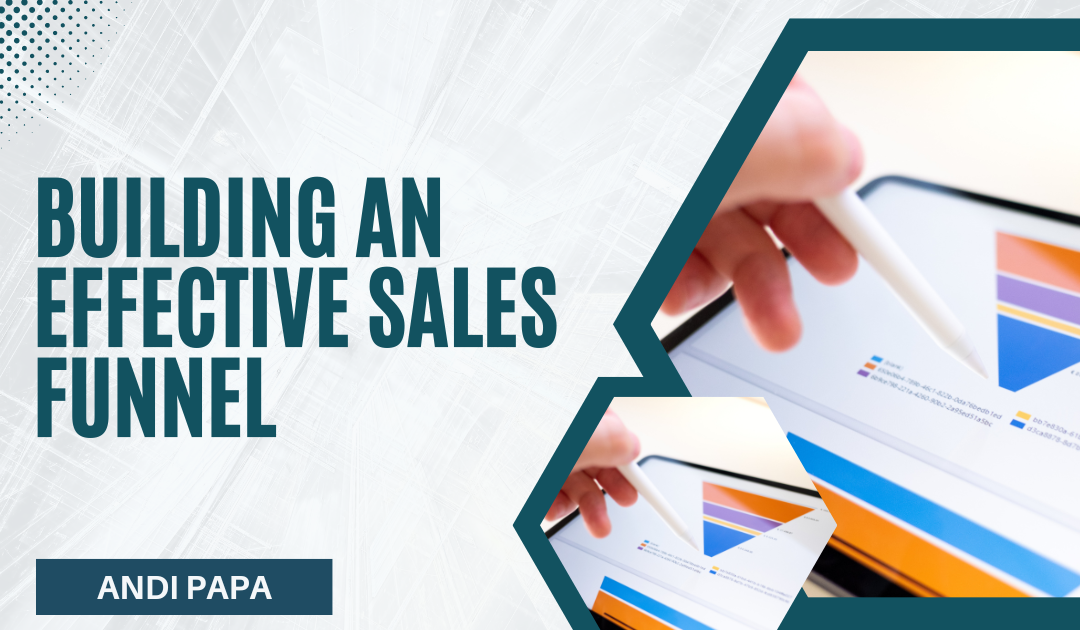A sales funnel is a crucial tool for guiding potential customers through the buying process, from initial awareness to making a purchase. It’s a structured path that allows businesses to nurture leads, build relationships, and ultimately convert prospects into paying customers. Building an effective sales funnel requires a clear understanding of your audience and the steps they take before making a purchase decision.
The first step in creating a successful sales funnel is to define the stages. Typically, the funnel is divided into four key stages: awareness, interest, decision, and action. In the awareness stage, potential customers become aware of your product or service. This is where you need to capture their attention through marketing efforts such as social media, blog posts, or paid ads. The goal is to reach as many potential leads as possible and pique their curiosity.
Once you have their attention, the next stage is generating interest. This is where you provide valuable information that helps prospects understand why they need your product or service. Content such as case studies, webinars, or newsletters can help educate them about how your solution solves their problem. It’s essential to keep the focus on the customer’s needs and how you can provide value. Building trust and positioning your business as an authority is key in this stage.
As prospects move into the decision stage, they are evaluating whether your offering is the right fit for them. At this point, personalized offers, testimonials, and product demonstrations can help nudge them closer to a purchase. Your sales team should be ready to address any questions or concerns, offering tailored solutions to meet the specific needs of the prospect.
The final stage is action, where the prospect becomes a paying customer. At this point, your goal is to make the purchasing process as seamless as possible. This could involve optimizing your checkout process, providing clear pricing information, or offering limited-time discounts to incentivize conversion. Once the purchase is complete, don’t forget about post-sale engagement. Follow up with customers to ensure satisfaction, offer support, and upsell or cross-sell relevant products.
Measuring the success of your sales funnel is essential. Use analytics tools to track key metrics such as conversion rates, lead quality, and the average time it takes to move leads through each stage. By identifying bottlenecks and areas for improvement, you can refine your approach and create a more efficient funnel.
A well-designed sales funnel allows businesses to systematically attract and convert leads while offering a personalized experience for each prospect. By focusing on the needs of the customer at every stage and providing targeted content, you can build stronger relationships and drive higher conversion rates.

